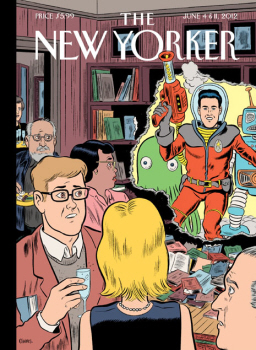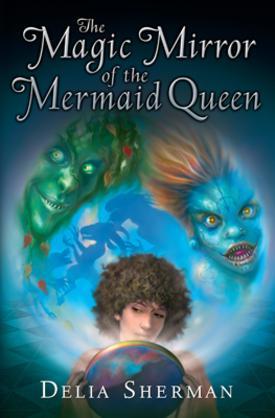Black Gate Goes to the Summer Movies: Snow White and the Huntsman
 Summer movies, like boxes of Crackerjacks (does anyone still eat those? I never see them for sale any more), come packed with surprises. And, like Crackerjacks toys, often they are lame surprises. Let-downs. Occasionally — and it usually happens only once per summer — the toy you dig out of the same-old same-old caramel and peanut glop is a Hot Wheels car with flame details and killer sci-fi spoilers that somebody in the Crackerjack plant accidentally dropped into the box while leaving hastily for a smoke break.
Summer movies, like boxes of Crackerjacks (does anyone still eat those? I never see them for sale any more), come packed with surprises. And, like Crackerjacks toys, often they are lame surprises. Let-downs. Occasionally — and it usually happens only once per summer — the toy you dig out of the same-old same-old caramel and peanut glop is a Hot Wheels car with flame details and killer sci-fi spoilers that somebody in the Crackerjack plant accidentally dropped into the box while leaving hastily for a smoke break.
Snow White and the Huntsmen is one of those positive summer surprises. I hope it isn’t the last “Hot Wheels” shock of the season, but in the month-long lull that followed the boffo fun of The Avengers, I’ll take it and cling to it.
A high-fantasy film like Snow White and the Huntsman (the ampersand only appears on publicity material) should not be a hard-sell to Black Gate readers. But the marketing and trailers pushed hard to get the Twilight fan-base to show up, so fantasy lovers pegged it early on as “not for us.” But it is! The Twilight viewers will love it, but they’ll like it for the same reasons other viewers will: it’s a broad-appealing, well-constructed, marvelous-looking, fun fantasy romp.
And, if it were not for a major casting blunder, I could easily see myself adding Snow White and the Huntsman to my Blu-ray shelf the week it comes out. I still will purchase it, but a few months after its street-date when I can get a bargain on it used.
The unpleasant truth is the piece of miscasting is monumental: the first of the two title characters, the figure who gives her name to the legend. My dear Snow White. Played in a perpetual coma by Kristen Stewart.
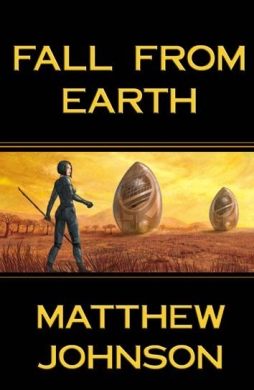 Fall From Earth
Fall From Earth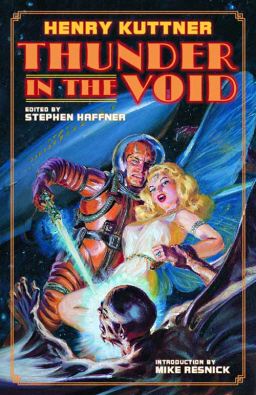
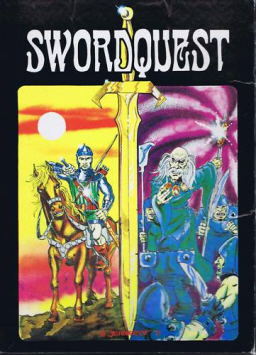
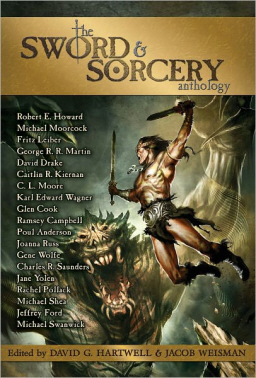
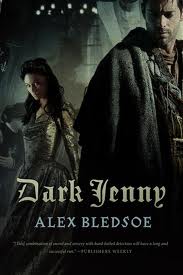 Dark Jenny
Dark Jenny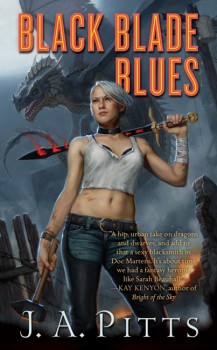 Black Blade Blues
Black Blade Blues
